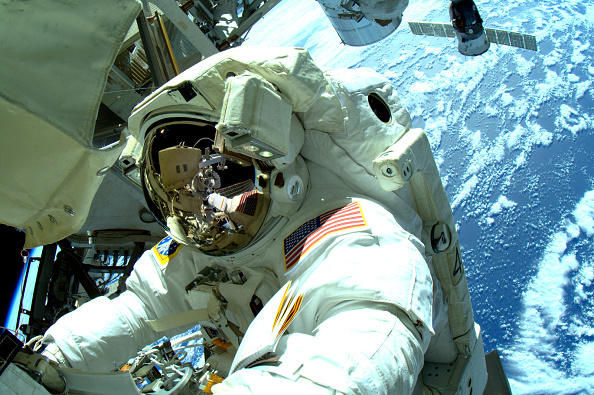
Being an astronaut is no easy feat. According to NASA's official website, in order to be considered for the coveted role not only does an applicant have to have a degree in biological science, engineering, physical science or mathematics, but there are also physical requirements that must be met.
The rigorous training is in place because a trip to space is unsurprisingly dangerous. To date, there have been a whopping 18 space fatalities on record. Thankfully, a recent space mission nearly escaped what could have been another disaster.
Late week in January 15, 2016, Tim Peake, the first astronaut from Britain to walk in space, together with U.S. astronaut, Tim Kopra, went on a scheduled six hour spacewalk around the International Space Station. The pair successfully replaced a voltage regulator in the ISS' power system before having to cut the mission three hours in.
According to the Kopra, midway through the walk his helmet pad felt damp and ball of water has collected in it. NASA subsequently aborted the mission and ordered the astronauts to return to the safety of the space station.
The incident is not the first snag during a spacewalk. During the world's first spacewalk in 1965, Russian cosmonaut Alexei Leonov barely was able to return to Voskhod 2 following the inflation of his spacesuit. The team ultimately had to deviate from the schedule and had to opt for an emergency landing 368 km of course.
More recently, during Expedition 36 to the International Space Station Italian astronaut Luca Armitano reported that water has leaked into his helmet. An hour and 32 minutes into the spacewalk, Armitano and his partner astronaut Chris Cassidy had to reenter the space station. According to reports, at that point Armitano can barely see, hear or speak because of the amount of water that has accumulated in his helmet.
Thankfully like Armitano, both Tim Peake and Tim Kopra are safe and in good spirits.
